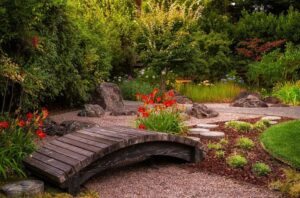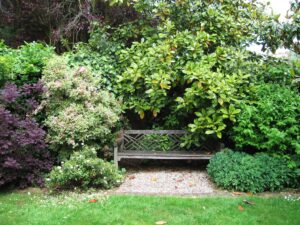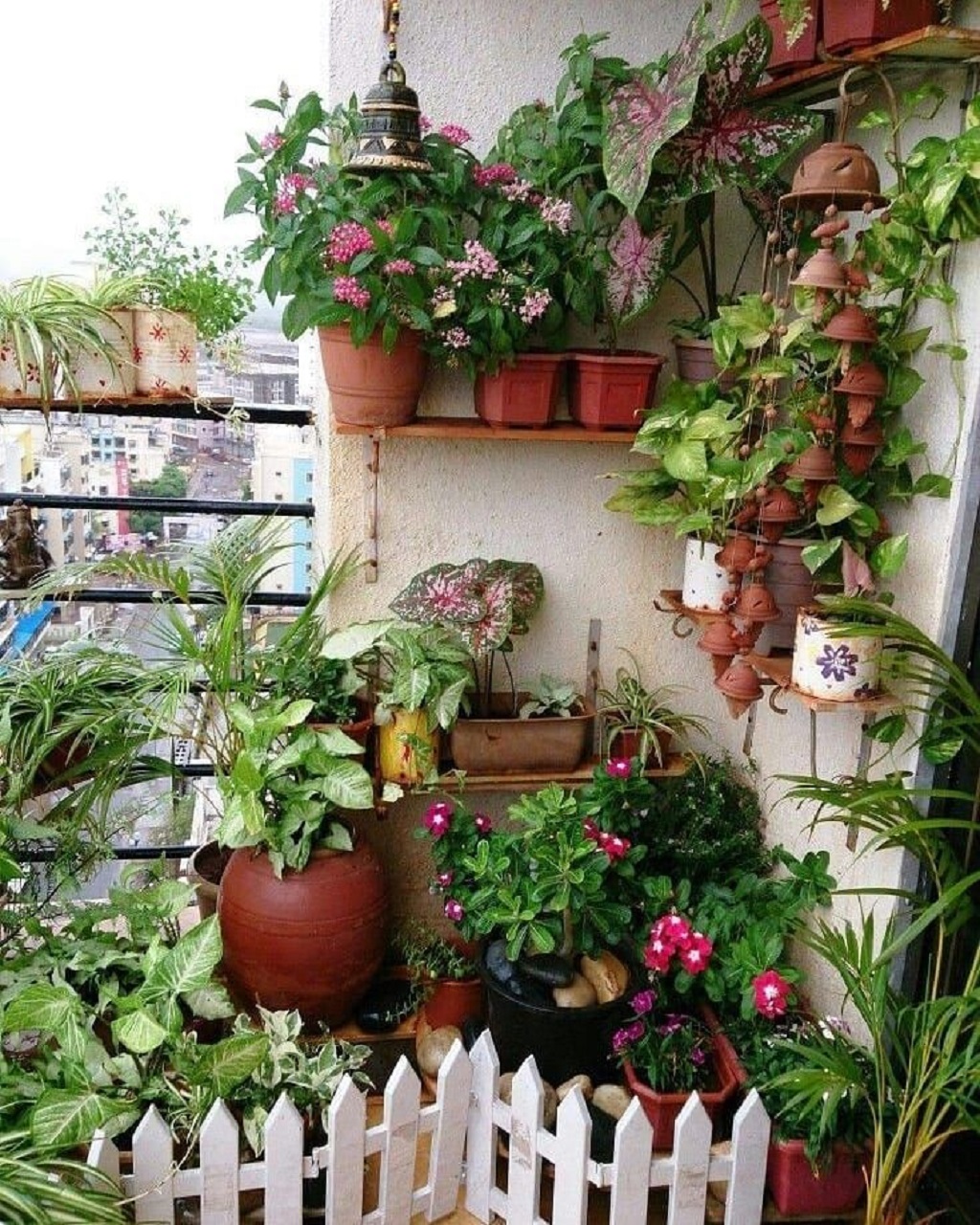
To design a balcony garden, consider the available space, sunlight, and your preferred plants. You can create a beautiful balcony garden by maximizing vertical space, choosing the right containers, and selecting suitable plants and vegetables.
Additionally, proper watering and maintenance will contribute to a flourishing balcony garden. Installing a railing planter, adding hanging planters, and utilizing wall space can help optimize the limited area. Effective planning and creative design will result in a stunning and functional balcony garden that adds greenery and beauty to your outdoor space.
By incorporating these strategies, you can easily create a vibrant and inviting balcony garden oasis.
Benefits Of A Balcony Garden
Designing a balcony garden offers numerous benefits. Firstly, it can lead to improved air quality as plants absorb carbon dioxide and release oxygen. Moreover, the presence of a balcony garden can enhance the aesthetics of your living space, creating a visually appealing and tranquil environment. Additionally, tending to plants and spending time in a green space has been shown to reduce stress levels, promoting a sense of calm and well-being.
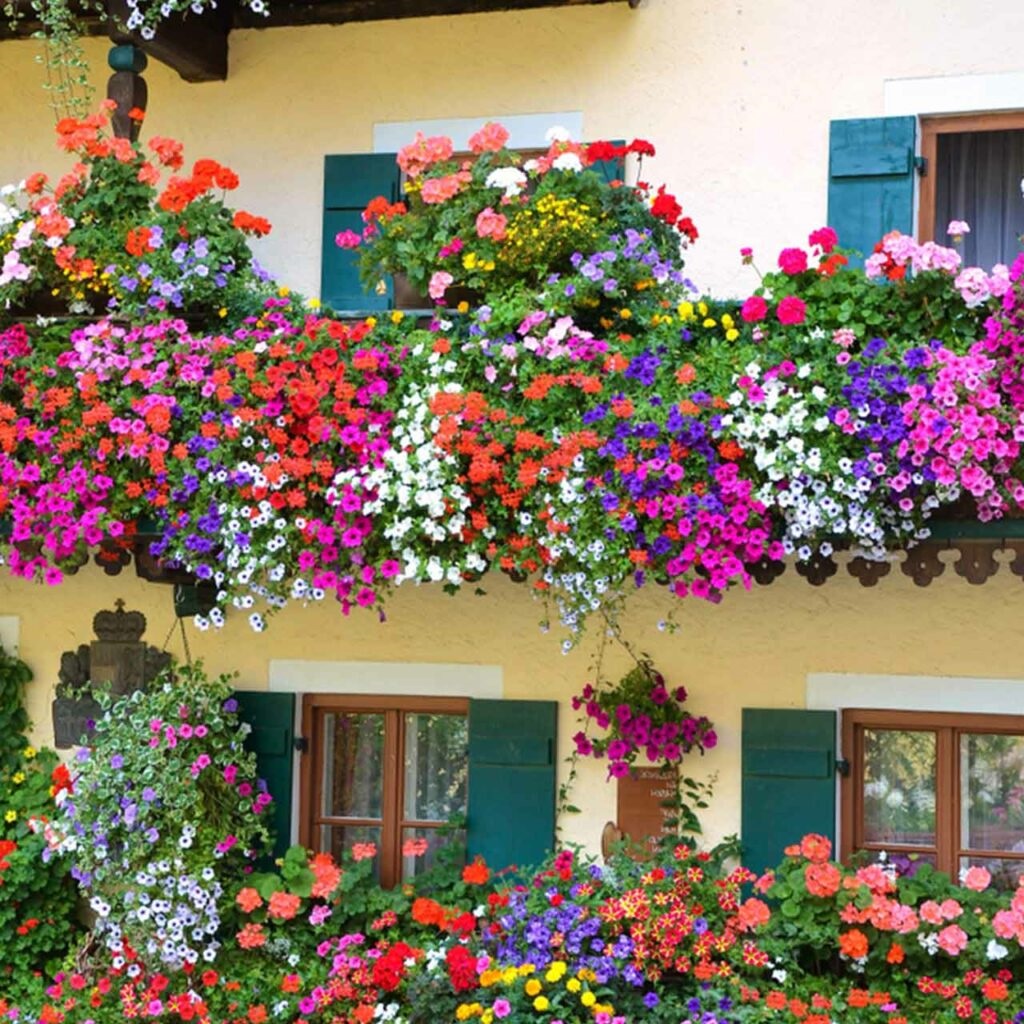 Assessing Your Balcony Space
Assessing Your Balcony Space
When designing a balcony garden, it’s crucial to start by assessing the available space. Begin by measuring the area to determine the size of pots and planters that will fit. Additionally, analyze the sunlight and shade patterns to select the right plants. Moreover, considering the wind exposure is important to choose plants that can withstand the conditions.
Selecting The Right Plants
When designing a balcony garden, it is important to select the right plants. Choosing low-maintenance varieties can help ensure that your garden thrives with minimal effort. Consider the container sizes available in your balcony space. Different plants require different depths and widths, so choose containers accordingly. Additionally, it is important to find a balance between greenery and flowering plants. Adding a mix of both can create a visually appealing and vibrant space. Remember to consider the amount of sunlight your balcony receives and select plants accordingly. Some varieties thrive in full sun, while others prefer shade. Providing proper drainage for your plants is also essential. Make sure your containers have drainage holes to prevent waterlogging. Lastly, regular watering and fertilizing will keep your balcony garden healthy and flourishing.
Creating A Functional Layout
When designing a balcony garden, it is important to create a functional layout that utilizes vertical space effectively. One way to maximize the use of space is to incorporate seating areas. Adding comfortable and stylish seating options, such as small benches or folding chairs, allows you to enjoy the garden and relax in comfort. Another great way to enhance the balcony garden is by including water features or fountains. These not only add a soothing ambiance but also provide a focal point for the space. Additionally, incorporating hanging baskets and vertical planters can help in utilizing the vertical space efficiently, allowing you to grow a variety of plants even in a limited area. To create a flourishing balcony garden, strategic planning and smart utilization of space are the key factors.
Caring For Your Balcony Garden
To ensure the health and vitality of your balcony garden, it’s important to pay attention to watering and drainage. Water your plants regularly, but avoid overwatering as it can lead to root rot. Make sure your pots have proper drainage holes and consider adding a layer of rocks or gravel at the bottom to enhance drainage. Check the soil moisture level before watering by sticking your finger 1-2 inches into the soil. If it feels dry, it’s time to water. Use a watering can or a hose with a gentle spray to avoid disturbing the plants.
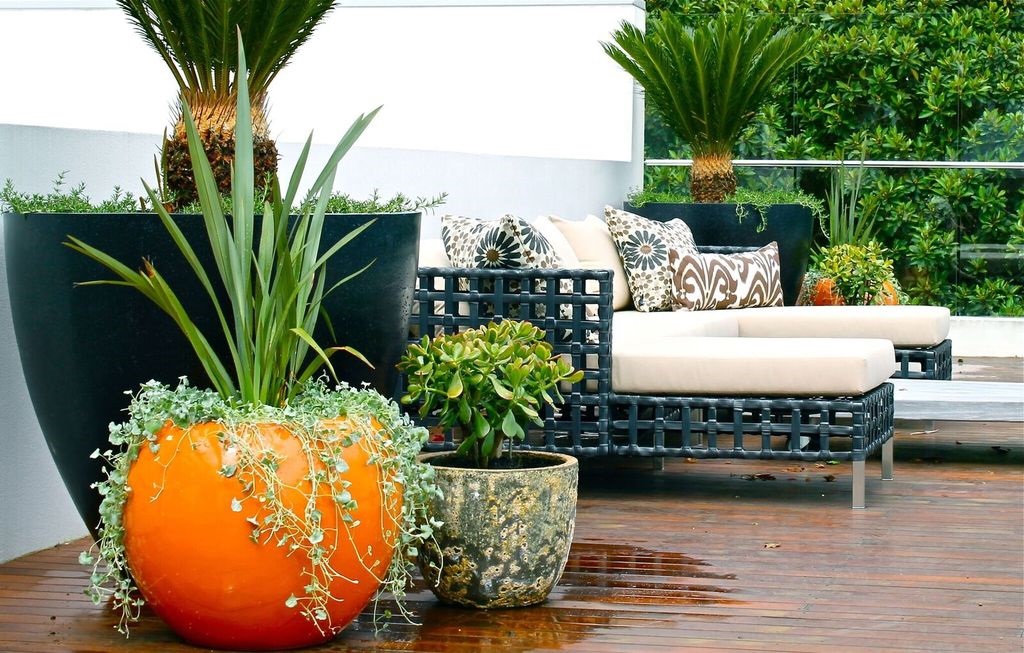 Watering And Drainage Tips:
Watering And Drainage Tips:
| Tips |
|---|
| Water plants regularly but avoid overwatering |
| Ensure pots have proper drainage holes |
| Check soil moisture before watering |
| Use a gentle spray to water the plants |
To promote healthy growth and blooming of your balcony plants, proper fertilizing and pruning practices are essential. Use a balanced fertilizer that is appropriate for the type of plants you have. Prune regularly to remove any dead or dying leaves, stems, or flowers and encourage new growth. This helps maintain the overall shape and appearance of your plants. Remember to clean your gardening tools after each use to prevent the spread of pests and diseases.
Fertilizing And Pruning Best Practices:
| Best Practices |
|---|
| Use a balanced fertilizer for your plants |
| Prune regularly to remove dead/dying parts |
| Clean gardening tools after use |
Despite your best efforts, pests and diseases can still affect your balcony garden. Keep a close eye on your plants and identify any signs of pests or diseases early. Treat the affected plants promptly with organic or chemical control methods, depending on your preference. Introduce beneficial insects like ladybugs or use insecticidal soap to manage pest problems. Additionally, maintain good airflow and sunlight exposure, as it helps reduce the risk of fungal diseases.
Dealing With Pests And Disease:
| Tips |
|---|
| Monitor plants for signs of pests or diseases |
| Treat affected plants promptly |
| Introduce beneficial insects or use insecticidal soap |
| Maintain good airflow and sunlight exposure |
Frequently Asked Questions On How To Design A Balcony Garden
How Can I Design A Balcony Garden That Thrives In A Small Space?
To design a thriving balcony garden in a small space, start by choosing compact plants, utilizing vertical space with hanging baskets or shelves, and incorporating multipurpose furniture that can double as planters. Additionally, consider the lighting conditions, watering needs, and choose plants that are suitable for the climate.
Regular maintenance and proper soil drainage are also crucial for a successful balcony garden.
What Are Some Low-maintenance Plants For A Balcony Garden?
For a low-maintenance balcony garden, consider plants like succulents, herbs (such as rosemary or basil), ornamental grasses, or dwarf shrubs. These plants typically require less water, attention, and can thrive in a balcony garden. Additionally, selecting plants that are native to your climate can increase their resilience and decrease maintenance needs.
How Can I Ensure Proper Drainage On My Balcony Garden?
To ensure proper drainage in your balcony garden, place a layer of gravel at the bottom of your plant containers, ensuring it covers the drainage holes. This will help prevent water from pooling in the soil and potentially causing root rot.
Additionally, avoid using saucers under your planters as they can trap excess water. Regularly check the soil moisture level and adjust watering accordingly.
Whether you have a small balcony or a spacious one, designing a balcony garden can transform it into a green oasis. By following the steps mentioned above, you can create a personal retreat and connect with nature right at home.
Remember to choose the right plants, consider the sunlight and wind exposure, use vertical space efficiently, and incorporate seating to make the most of your balcony garden. With a little creativity and planning, you can enjoy a beautiful and thriving green space that brings joy and tranquility to your daily life.




